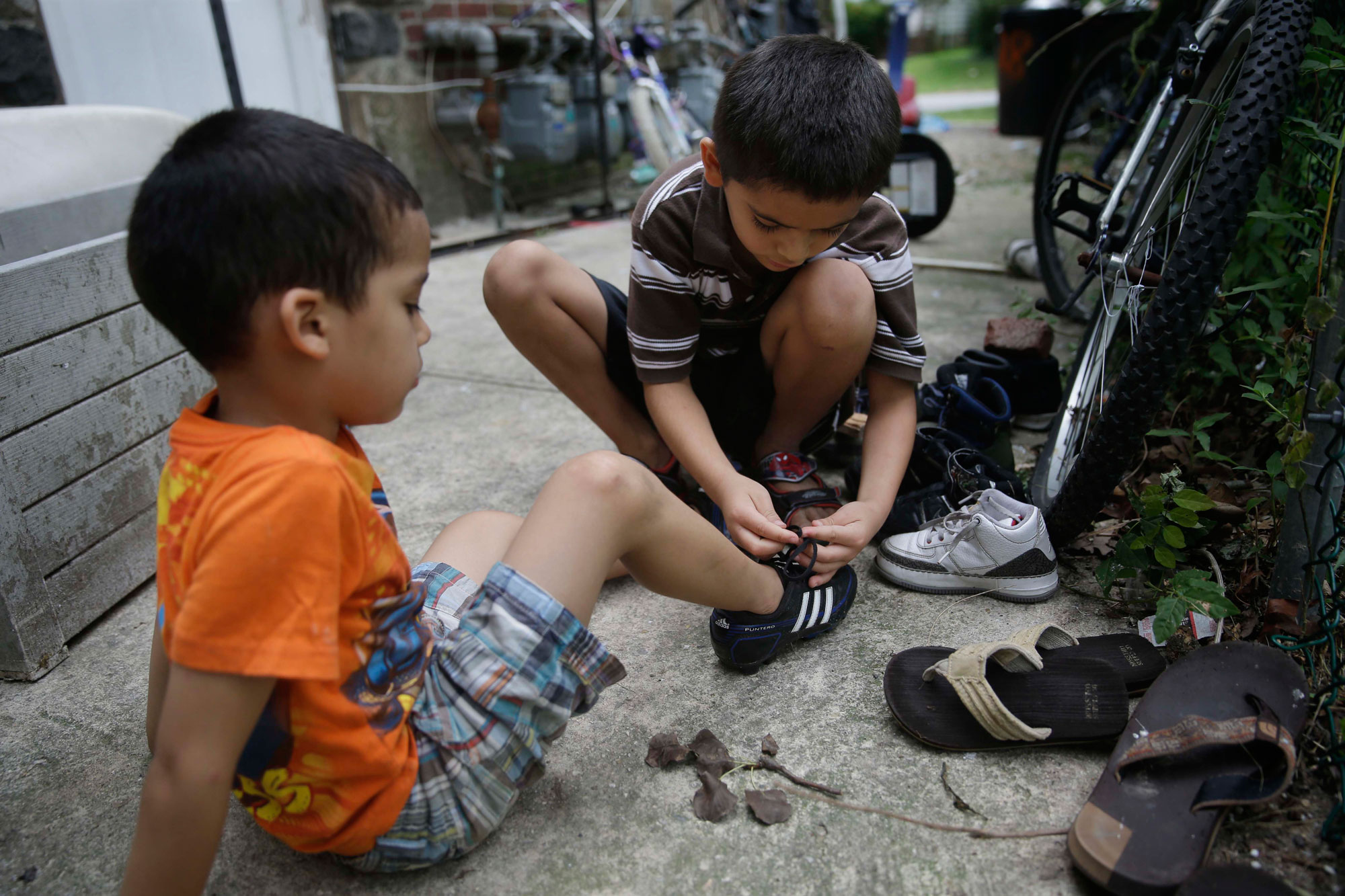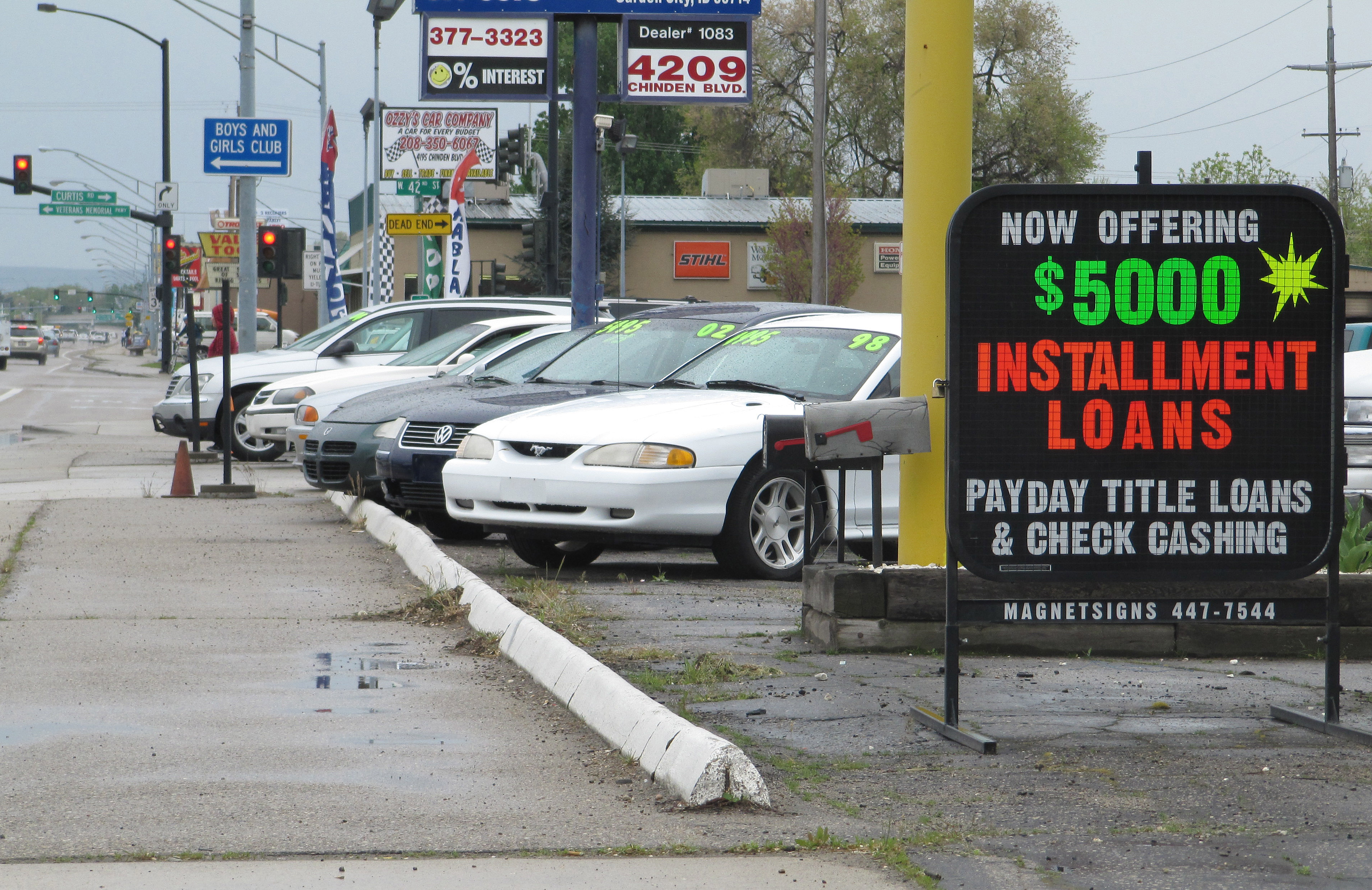I grew up in Los Angeles and Seattle, but my siblings used to warn me not to reveal that we were from Mexico. They were afraid that we would be persecuted, deported, and separated from one another, so they made sure I knew about the possible repercussions of being undocumented. But that doesn’t mean I fully understood it—I couldn’t really comprehend the extent to which it would impact our lives practically, mentally, emotionally, and spiritually.
I learned what it meant, piece by piece. It meant that my uncle couldn’t volunteer as a chaperone for an elementary school field trip, because a routine background check might give Immigration and Customs Enforcement (ICE) information it could use to deport him. It meant that when my fifth-grade teacher taught us about Social Security, I learned that our family didn’t have it. It meant introducing myself as “Caesar” rather than “Cesar,” and telling people I was born in Los Angeles. It meant working for a construction company that used my immigration status as leverage to pay me less, and demand that I work more.
Get TalkPoverty In Your Inbox
One experience after another reminded me that our family could not expect safety or support in this country. We were not citizens, so we had no rights.
Nevertheless, my mother took it upon herself to ensure that we had what we needed. She’d work long hours cleaning houses, and sought out any resources she could find to provide us with school supplies, health services, and food. She could not always show physical love, because she was often absent, living out her love through the sacrifices that she made for us.
* * *
Like hundreds of thousands of other undocumented mothers, my mother came to the United States from Mexico in search of a better life for herself and her children. She didn’t come to this country to engage in sabotage, terrorism, or criminal activities. She was running from domestic violence, finally fed up with false promises of change. To survive, she left behind everything that she had ever known.
My mother had hope and resilience, stemming from a faith in God that the way things were could not possibly be the way things were meant to be. It’s what led her to make the dangerous trek into the United States. It’s what kept her going even when she and my brother got separated from me and my sister in a sudden sprint past the alambrado. It’s how she found the strength to swim out of sinking mud near the California border. It’s how she stayed calm when my brother pleaded for her to carry him, when she knew it would make them both drown. It’s how she urged him on, yelling “Tu puedes!” until they both reached the shore.
She walked for seven hours that night, without knowing the dangerous terrain or where they were heading. Eventually they came to a street with a few houses, and my mother picked one to knock on. A tall man answered, and—seeing how muddy and weary they were—he took them inside and gave them refuge for the night. The next morning, he fed them and let my mother use the phone to call my uncle and the coyote. Later that day, they reunited with me and my sister.
Before we could reach Santa Ana to meet up with my uncle, ICE detained our family and sent us back to Tijuana. But my mother tried again, and we finally made it to Santa Ana in 1994.
* * *
My mother has expected that I show the same effort and make the same sacrifices that come with seeking a better life. She was not going to let me take a year off between high school and college. I went to Texas Wesleyan University to study criminal justice, despite not knowing how we would pay for it—most scholarships require citizenship, so I was instantly disqualified.
I graduated in 2013, but even with DACA—which helped me work while I was an undergrad—I could not follow my desired career path. I wanted to serve as a police officer for my community—I wanted to be a homicide detective, and perhaps work for the FBI. I was denied all those possibilities. Instead, I worked for a few months in Loss Prevention for a Trader Joe’s warehouse through a temp agency.
At the same time, I was volunteering at the church I attended. Through that work, I realized that there were other ways of serving my community that many institutions in the United States were denying me. I applied to the Boston University School of Theology. I was accepted and received a full-tuition scholarship for the three-year Master of Divinity program. I graduated in May 2017, and now I serve my community in Washington state with the United Methodist Church—the same church that helped me apply for DACA half a decade ago.
* * *
The actions and rhetoric of the Trump administration have demonstrated that programs like DACA are not enough. There is no assurance against persecution; only the temporary illusion of safety with minimal benefits for our families and our communities.
In the wake of Trump’s decision to end DACA, some legislators have reintroduced the DREAM Act, which would provide a pathway to citizenship for people like me who came to this country as children. Legislation like this must be passed if the United States wishes to fight for freedom, liberty, and justice for all. There are already plentiful economic benefits for the United States—we pay taxes and boost profits, and private businesses still find ways to exploit undocumented workers for their benefit.
But we are more than currency. We are human beings. Even the DREAM Act promises too little for too small a group. It excludes people like my mother and uncle because arbitrary and racist laws have made immigration an illegal act. We must do more.











